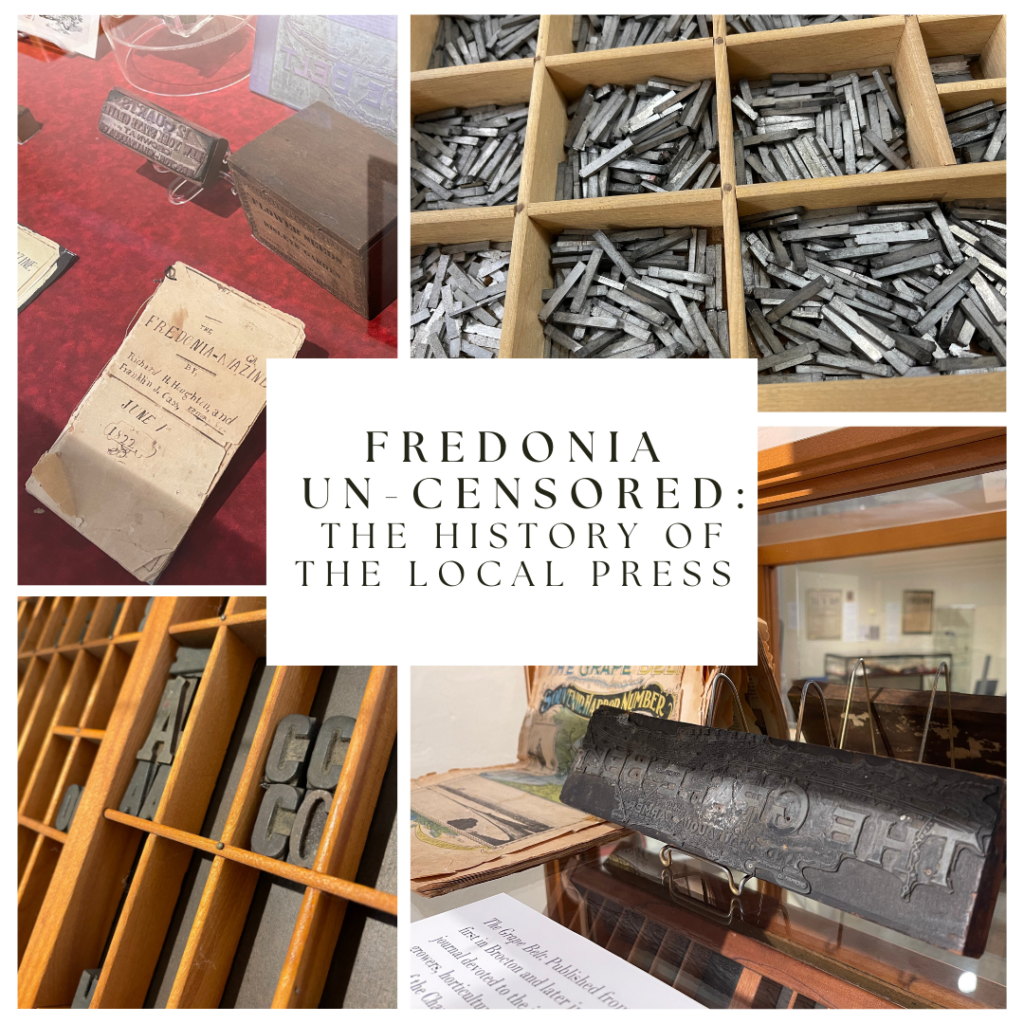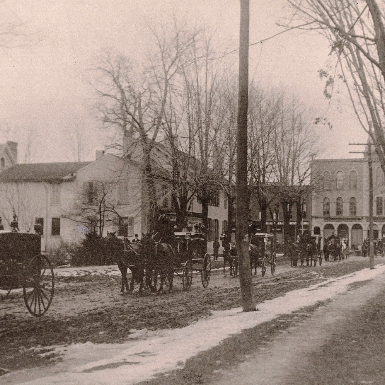Fredonia Un-Censored: The History of the Local Press
Discover who and what filled the columns of the Fredonia Censor (1821-1964) and its rival newspapers in Fredonia and Dunkirk. During its 143-year run, the Censor provided information about contemporary events both global and local; today its original pages provide insights into the daily lives, perspectives, and experiences of people from the past, enriching our understanding of local history and its broader significance.

Bicentennial of the Barker House (1821-2021)
The Barker Museum presents an exhibition of the history of Fredonia, displaying artifacts from our collection ranging from the Woodlands period, up to artifacts from the family collection of Darwin R. Barker for whom the museum is named.
